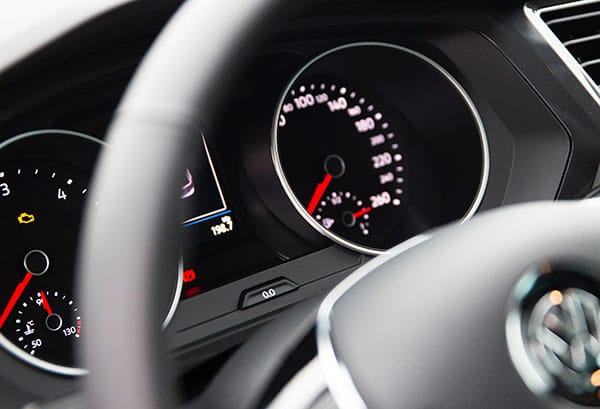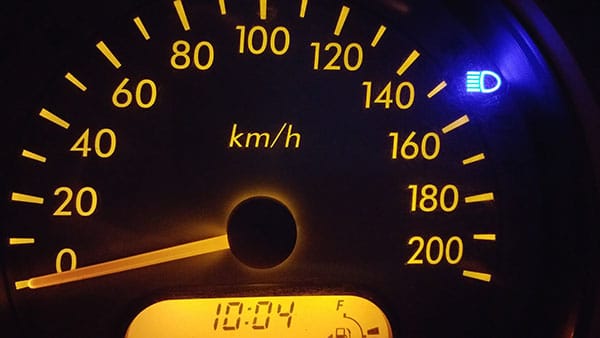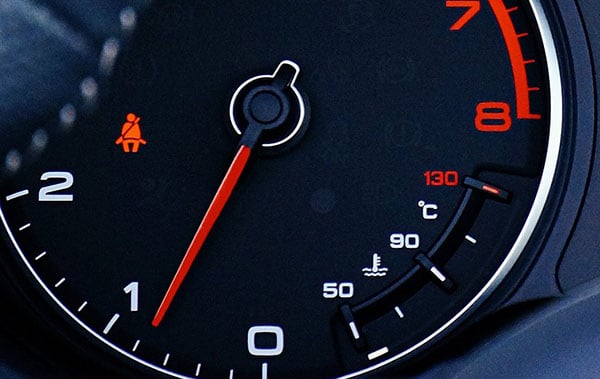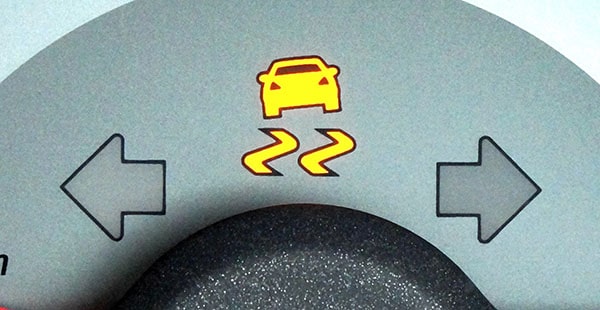Every time you get in your vehicle and crank the ignition, you likely see an assortment of colours, symbols, and lights glowing back at you. As long as there isn’t anything wrong with your automobile, each car warning light symbol will shut off in a few seconds.
It’s when these lights stay on after the engine is running, or if one of them illuminates suddenly as you’re driving down the road that you have to worry. When some of the lights come on, you should immediately stop the car and see a mechanic. However, if you can decipher the not-so-serious ones from the emergency symbols, you will know when it’s time to make an appointment at the shop and when it’s time to panic.
To put your mind at ease so you can cruise the highways without anxiety about your car warning light symbol coming on, we’ve helped in identifying what some of the most common ones are. We will also let you know what your best course of action is if the glow from your dash grabs your attention.

Common Auto Light Symbols That Don’t Need Your Attention
Various car light symbols don’t indicate that anything is wrong. Instead, they tell you what your vehicle has going on presently. For instance, if you have your window defrost turned on, your vehicle will kick back a light showing you that it’s working.
Some of the other lights that you may see that don’t require any attention at all include:
- Headlights
- Exterior lights
- Hi-beams
- Child safety lock
- Cruise control
- Fog lights

Service Will Be Required When These Lights Come On
You may potentially have indicator lights come on that mean that your vehicle needs attention within the near future. It’s not something that requires you to kill the engine and call a tow truck, but you should be aware that there is a service that needs to happen soon.
These lights need your attention:
- Oil change reminder
- Gas/fuel cap
- Clogged air filter
- Brake fluid low
- Anti-lock braking system (ABS)
- Low fuel
- Washer fluid

Pull Your Vehicle Over Immediately and Get To a Mechanic If You See These Lights
Your car is at risk for immediate failure or other safety issues if you see any of these indicators:
- Engine Temperature Light – the temperature of the engine is above the standard. The radiator cap, fan, and coolant levels should all be inspected by a professional mechanic right away.
- Battery Charge Warning Light – either the battery or the alternator isn’t functioning correctly, and your vehicle may not have enough power to stay operational.
- Oil Pressure Warning Light – there is a low or complete loss of oil pressure, and it has to be checked instantly to ensure no problems occur as a result of the lack of lubrication in the engine and other systems.
- Brake Warning Light – your brake system has either lost pressure or the handbrake is stuck on. A problem with either of these means you could have issues with braking and stopping.
A mechanic can quickly diagnose any of these emergency indicator lights. They can give you a clear picture of what needs to happen to get your vehicle back to peak performance.

What to Do If You Can’t Figure Out What the Light Means
Your safest bet, whenever you see a car warning light symbol turn on, is making an appointment to see your mechanic. Even if the light came on with no real issue happening, they have the tools and equipment needed to reset it and clear out your dash. If there is an actual mechanical problem, you will already have your vehicle right where it needs to be to get repaired.

Looking for more Auto related blogs?
- Whats That Car Part?
- The Car service cost you don’t know about
- 3 easy tips to avoid premature wear & tear on your vehicle





